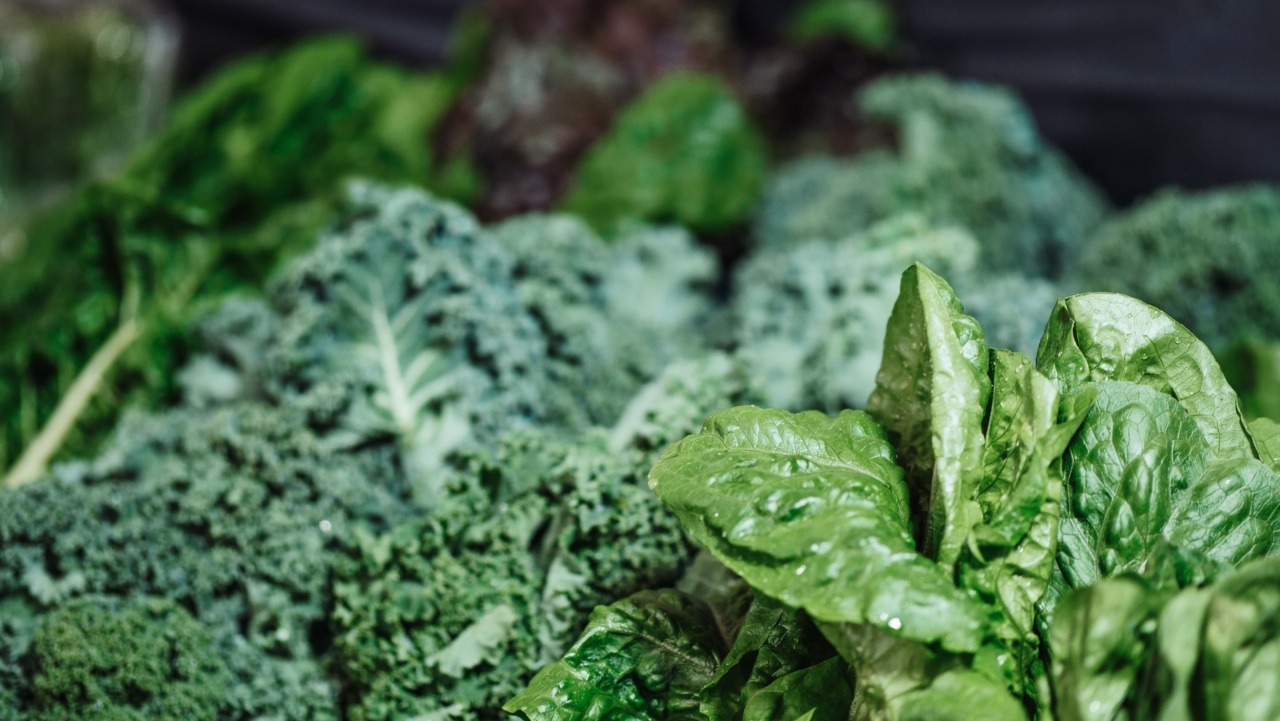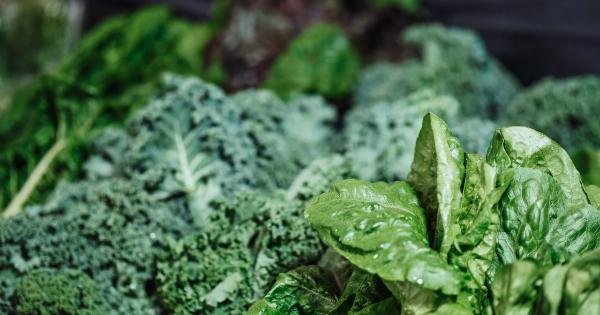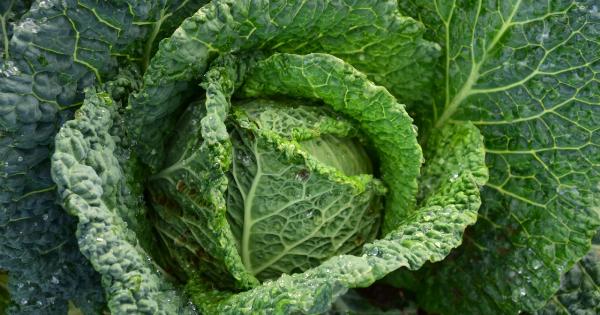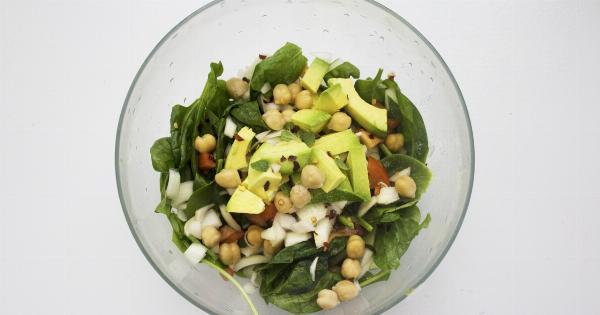Kale and spinach are two of the most commonly consumed leafy greens around the world. Both of these greens are packed with nutrients and offer various health benefits. They are low in calories and carbohydrates but high in fiber, vitamins, and minerals.
Many people often wonder which one of these leafy greens is healthier. In this article, we will compare the nutritional value of kale and spinach and explore their differences to help you make the best choice for your dietary needs.
Calorie Content
Kale and spinach are both considered low-calorie greens and can be included in a healthy diet. According to the United States Department of Agriculture (USDA), one cup of chopped kale contains only 33 calories, and one cup of spinach has 23 calories.
Although the difference in calories may not seem like much, over time, it can make a significant difference in your overall calorie intake.
Vitamin Content
Both kale and spinach are excellent sources of various vitamins that are essential for maintaining good health. However, their vitamin content differs slightly.
Kale contains higher amounts of vitamin C than spinach. One cup of chopped kale contains 80.4 mg of vitamin C, while one cup of spinach contains only 17.6 mg of vitamin C.
Spinach, on the other hand, contains higher amounts of vitamin K than kale. One cup of spinach contains 363 mcg of vitamin K, while one cup of kale contains 547 mcg of vitamin K.
Both of these greens are also good sources of vitamin A, vitamin B6, and vitamin E.
Mineral Content
Kale and spinach both contain minerals that are essential for maintaining good health. However, their mineral content also differs.
Kale contains more calcium than spinach. One cup of chopped kale contains 101 mg of calcium, while one cup of spinach contains 30 mg of calcium.
Spinach, on the other hand, contains more iron than kale. One cup of spinach contains 0.8 mg of iron, while one cup of kale contains only 0.5 mg of iron.
Both of these greens are also good sources of magnesium, potassium, and phosphorus.
Fiber Content
Kale and spinach are both high in fiber, which is essential for maintaining digestive health. One cup of chopped kale contains 2.6 grams of fiber, while one cup of spinach contains 0.7 grams of fiber.
Since kale has a higher fiber content than spinach, it can help you feel fuller for a more extended period, thus reducing the risk of overeating and promoting weight loss.
Antioxidant Content
Both kale and spinach are loaded with antioxidants that provide various health benefits.
Kale contains higher levels of antioxidants called carotenoids than spinach. Carotenoids are essential for maintaining good eye health and reducing the risk of chronic diseases such as cancer.
Spinach, on the other hand, contains more beta-carotene than kale. Beta-carotene is a type of carotenoid that is converted into vitamin A in the body. It is essential for maintaining good skin health, immune function, and eye health.
Summary
In conclusion, both kale and spinach are great sources of vitamins, minerals, fiber, and antioxidants. However, their nutrient content differs slightly.
Kale contains higher amounts of vitamin C, calcium, and carotenoids, while spinach provides more vitamin K, iron, and beta-carotene.
It is essential to include a variety of greens in your diet to get a wide range of nutrients and maximize their health benefits. Both of these greens can be included in a healthy diet that promotes good health and well-being.






























